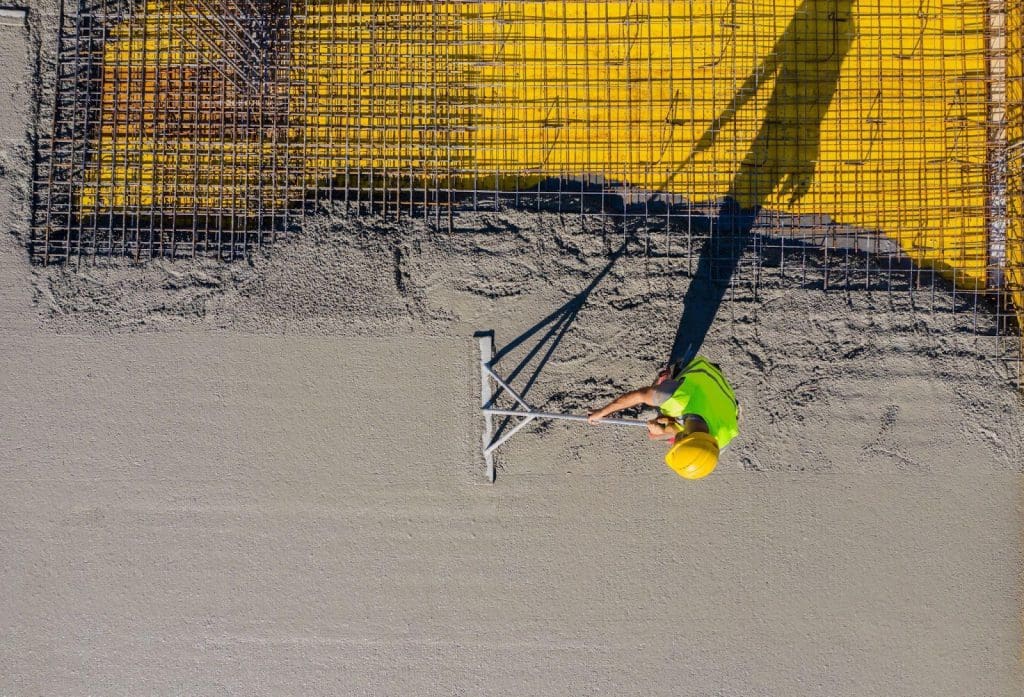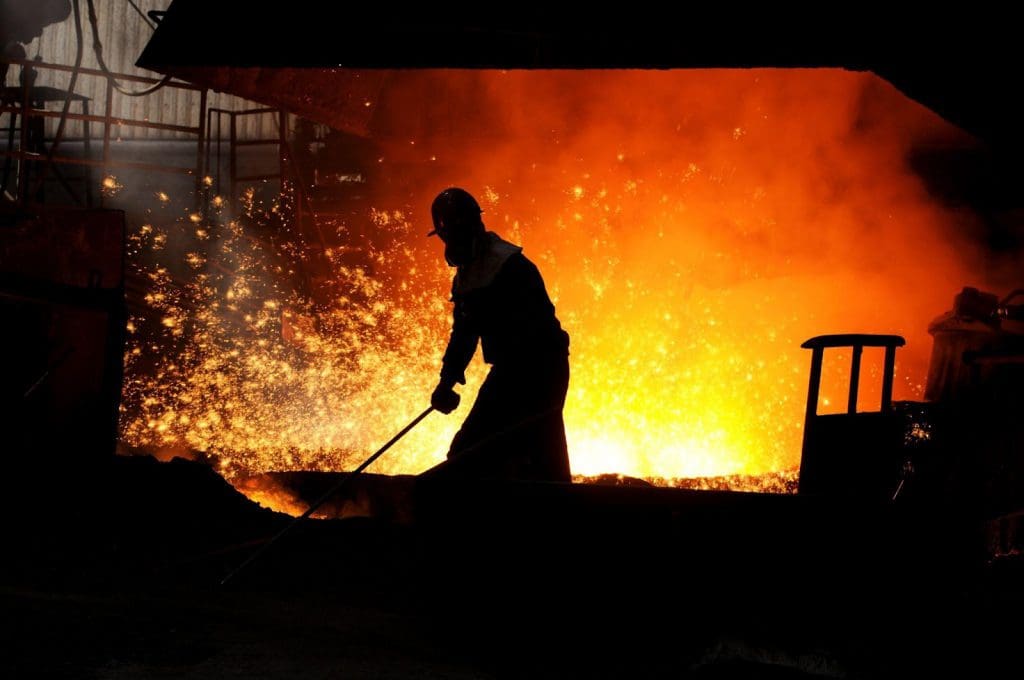
We use more concrete today than steel, wood, plastic, and aluminium combined. As the most popular man-made material on Earth, it is the second most consumed substance after water—however, the environmental impacts of concrete are often overlooked. Read on to understand why concrete’s emissions are so problematic and what scientists are doing to mitigate this.
Concrete has been widely used as a building material for centuries, from the Colosseum in Rome using volcanic sand as an adhesive, to residential houses and behemoth skyscrapers which use Portland cement as a key component of modern day concrete.

Concrete isn't so much a specific material as it is a class of materials. It’s the combination of sand, gravel, or other filler material with an adhesive—usually cement or another binding agent. This can then be reinforced with steel beams or mesh to provide tensile strength and flexibility, resulting in a robust and durable structure.
Concrete is the most widely used building material on the globe, and it’s not hard to see why. Concrete is durable, low maintenance, and both fire and water resistant. It can protect people from wind and rain, and it can hold up against even more extreme weather conditions—which we can see increasing dramatically as the climate continues to change.
Constructing buildings from concrete is not quite as cheap as wood or steel, however the sheer strength and durability of concrete allows this variance to even out over time. Concrete also has the flexibility to be poured into slabs or moulds as a liquid, reinforced with steel, and then cured to set into a rock-solid material.
Concrete manufacturing is responsible for about 8% of global CO2 emissions—a stark difference to the aviation industry’s 2.8%—and its environmental impact extends far beyond.

This emission footprint comes primarily from the production of Portland cement, the primary adhesive in concrete. Cement is made from quarried limestone (calcium carbonate) heated to almost 1500 degrees Celsius, which produces clinker (calcium oxide, a form of lime) and CO2. This clinker is ground and mixed with water and gypsum to create cement.
Concrete’s environmental impact can be broadened even further than simply CO2 emissions. One such issue is the heat island effect. This is the phenomenon where urban spaces are significantly warmer than surrounding areas due to concrete and asphalt having much higher heat capacity and lower reflectivity than greenery. This has worsened the effects of climate change in cities.
Additionally, the concept of concrete “icebergs'' shows how entrenched concrete is in our urban and suburban landscape. Enduring concrete constructions have changed how we interact with nature. Dams, which will last for decades to centuries, are erected to control rivers and lakes, and can prevent ecological systems from thriving. Urban infrastructure such as shopping centres, high-rise buildings, and multi-level carparks all produce enormous amounts of carbon dioxide in the construction process and store carbon in an immutable fashion which is difficult to deconstruct—and harder still to effectively dispose of.
Changes can be made both in how concrete is produced and how we interact with it in the construction of urban spaces. As a starting point, using the latest technologies can optimise the manufacturing process to minimise wasted energy and reactants. Being critical and specific about the amount of concrete required in a project and using less where possible is also very effective. However, changing decades-old processes for more sustainable alternatives could also prove useful where concrete is still the best option.

Researchers from the University of Colorado may have found a way to neutralise the carbon output of concrete production with biologically sourced limestone. Some species of microalgae can create calcium carbonate as a product of photosynthesis, which absorbs carbon dioxide in the process. This can then be ground down as limestone would be and heated to make clinker for cement. However, this can be made even more effective if clinker production itself reduces its CO2 output. Alternative fuels such as hydrogen or biofuels can reduce the direct impact of burning fossil fuels.
Additionally, engineers from Cambridge have devised a method which repurposes old concrete which would otherwise go to landfill. The engineers found that used cement is chemically very similar to the lime flux used in steel recycling plants. The process uses old cement in lieu of lime flux which, after recycling the steel, forms a slag almost identical to clinker. This can then be used to make new cement again and again. The aggregate can also be reused from old concrete, allowing for significantly less waste of rocks and sand, and less environmental impact if the recycling process is powered by renewable energy.
Concerned about your chemical processes? We are here to help. At Chemwatch we have a range of experts spanning all chemical management fields, from chemical storage to Risk Assessment to heat mapping, eLearning and more. Contact us today to find out more at sa***@*******ch.net.
Sources: